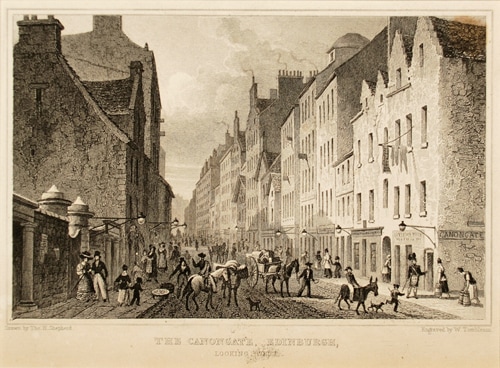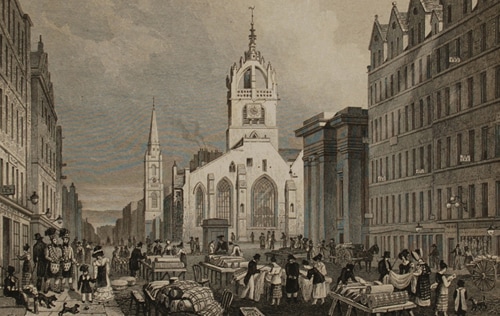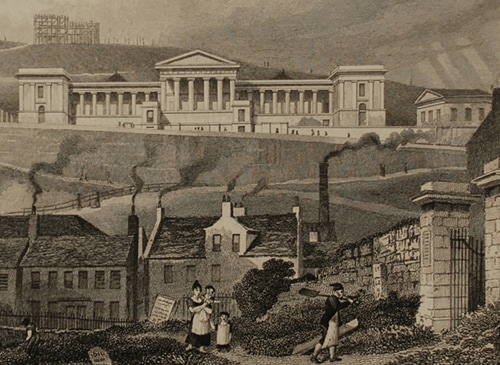-
Paintings
-
Drawings
-
Prints
-
Decorative
-
All stock
-
Frames
-
Highlights
-
Exhibitions
-
Life Class | Art School Nudes and Figure Studies
-
The Botanical Art of Beryl Wright
-
Arthur Heslop in Northumberland
-
When Orlando Went to Church
-
After Turner
-
Scotland: Lochs and Castles
-
Christmas Punch
-
The Lakes Engraved
-
The Art of Etching
-
Charles Murray Adamson: A Victorian Naturalist
-
Edinburgh in the Age of the Georgians
-
Beryl G Wright: An Artist of the Moors
-
Please scroll down for the engravings
Introduction
The prints in the current exhibition provide a vivid insight into a city in the midst of change. All cities change, of course; evolution is part of their nature. For Edinburgh, rapid evolution, in which a new area of the city was designed and built, began in the second half of the eighteenth century. Prior to this, the city was largely nestled along a spine running east from the Castle, as shown in the map* below.
This dates from 1830 (the same date as many of the prints in the exhibition) and neatly illustrates the contrast between the old and new parts of the city. The Castle is just below the centre and running down from this is the High Street (the Old Town’s major artery) with its rambling network of wynds, stairs and closes radiating from it. To the north lies the ordered clarity of the New Town.
This disparity – inorganic Old Town growth and New Town planned development – is illustrated in many of the prints here.
This disparity – inorganic Old Town growth and New Town planned development – is illustrated in many of the prints here.
Ainslie Place, above, is depicted as being clean, organized and calm. There is a sense of order to the architecture and this is reflected in the deportment of the relatively few people within the scene.
Contrast the serenity of Ainslie Place with the bustle of Canongate, above. Here, buildings of differing styles and sizes are jumbled together on both sides of a street teeming with people. All is activity along the length of Canongate as above the throng, laundry dries on poles suspended from windows. At Ainslie Place there is space – people have the room to promenade and, we might infer, the room to breathe. In comparison, Canongate is crowded and all the richer in incident for it.
Prior to the development of the New Town, all sections of society lived together in tenements like those shown in the Canongate print. As the New Town developed during the second half of the eighteenth century, the middle classes began a short exodus north, beyond the soon-to-be drained Loch Nor (the site of the present day Princes Street Gardens), across the Mound to the new and spacious environment.
By their nature, the engravings here are largely concerned with the city’s architecture, both the old and (for the time) the new. As noted, the Old Town developed amorphously over centuries whereas the abiding principle for the new was a propensity to the classical as exemplified in the work of Andrea Palladio (1508-1580). Thus we find the New Town rich in columns, pediments and porticos.
The buildings and monuments may be the main focus but it is the human elements that provide the narrative and drama. It is the small incidental details that leaven the prints and provide a fascinating insight into the lives of the city’s inhabitants two centuries ago.
Prior to the development of the New Town, all sections of society lived together in tenements like those shown in the Canongate print. As the New Town developed during the second half of the eighteenth century, the middle classes began a short exodus north, beyond the soon-to-be drained Loch Nor (the site of the present day Princes Street Gardens), across the Mound to the new and spacious environment.
By their nature, the engravings here are largely concerned with the city’s architecture, both the old and (for the time) the new. As noted, the Old Town developed amorphously over centuries whereas the abiding principle for the new was a propensity to the classical as exemplified in the work of Andrea Palladio (1508-1580). Thus we find the New Town rich in columns, pediments and porticos.
The buildings and monuments may be the main focus but it is the human elements that provide the narrative and drama. It is the small incidental details that leaven the prints and provide a fascinating insight into the lives of the city’s inhabitants two centuries ago.
Here, tartan sellers gather in the Lawnmarket. The wearing of tartan and its reinforcement as a central element of Scottish identity followed Sir Walter’s Scott’s promotion of the material as part of George IV’s visit to Scotland in 1822.
Elsewhere, a presumed widow is literally left holding the baby as the Canongate Churchyard gravedigger heads for the exit.
Townsfolk dry their sheets not on poles outside their windows but on the slopes leading up to the castle and in the image below, we see what happened to the horse manure that inevitably littered the streets.
Whether by accident or design, it is interesting to note that in the above print, those whose job it was to shovel up the leavings are in the dark whilst the middle classes are bathed in light as they parade before their neatly designed homes.
And just as it does today, the Castle sits above it all keeping a sturdy, watchful eye over a city where the old, the new and the modern intermingle, then as now, to form a visually stimulating and unique environment.
* 1830 map courtesy of www.edinphoto.org.uk. Click here or on the map to visit their site.
* 1830 map courtesy of www.edinphoto.org.uk. Click here or on the map to visit their site.
Edinburgh in the Age of the Georgians

John Knox's House, High Street, Edinburgh, 1829
£26.99
£26.99
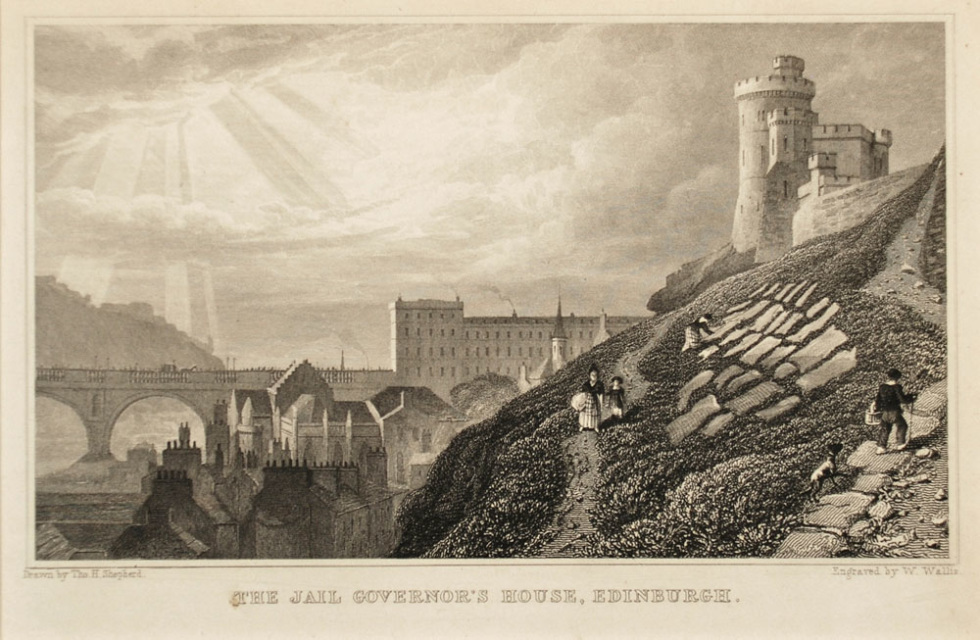
The Jail Governor's House, Edinburgh, c.1830
£26.99
£26.99
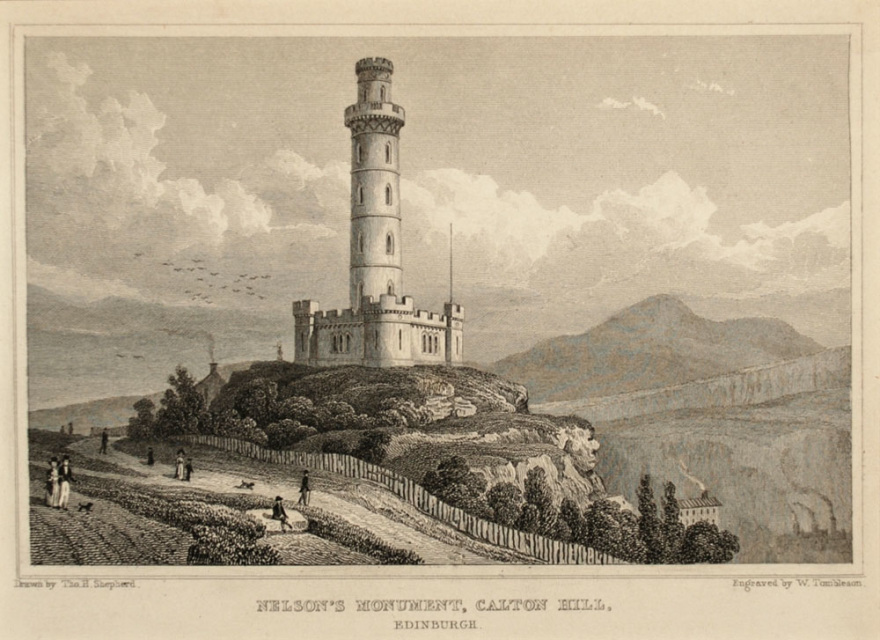
Nelson's Monument, Calton Hill, Edinburgh, c.1830
£26.99
£26.99

New High School, Calton Hill, from the Canongate Churchyard, Edinburgh, c.1830 - SOLD
£23.99
£23.99
Sold out

Greyfriars Church, Edinburgh, c.1830
£26.99
£26.99
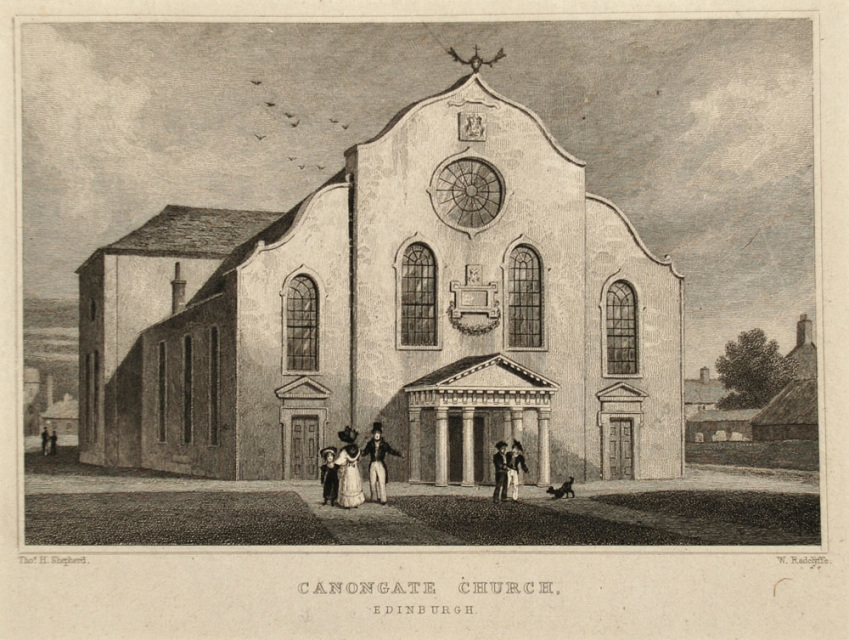
Canongate Church, Edinburgh, c.1830 - William Radclyffe
£26.99
£26.99

Craigmillar Castle, Edinburgh, 1831 - William Radclyffe
£26.99
£26.99
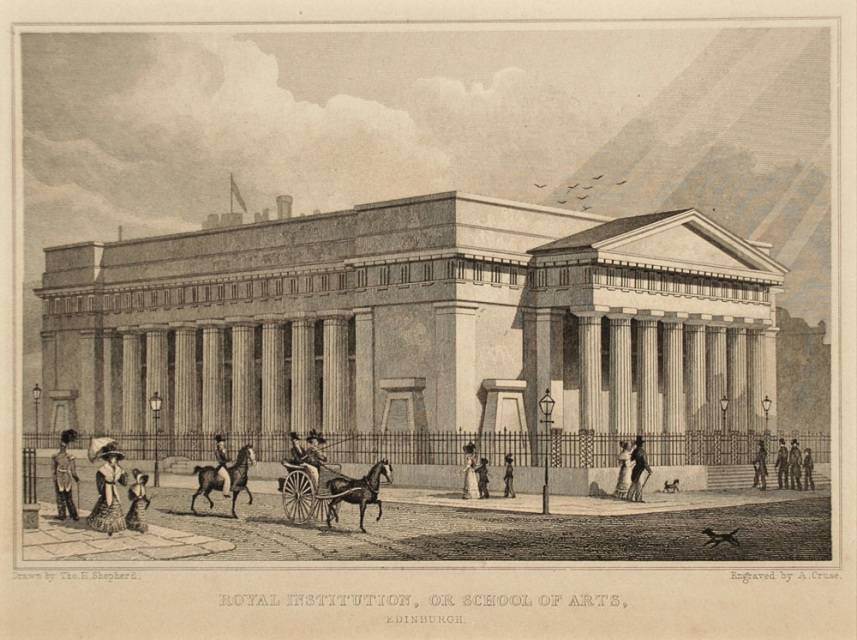
Royal Institution or School of Arts, Edinburgh, 1829
£26.99
£26.99

New Post Office, Waterloo Place, Edinburgh, c. 1830
£26.99
£26.99
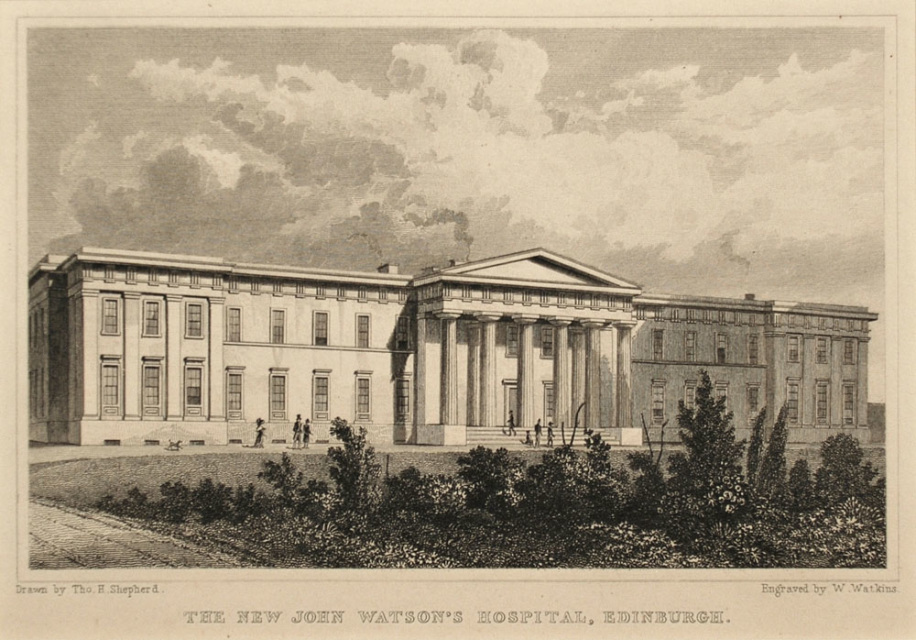
The New John Watson's Hospital, Edinburgh, 1830
£26.99
£26.99
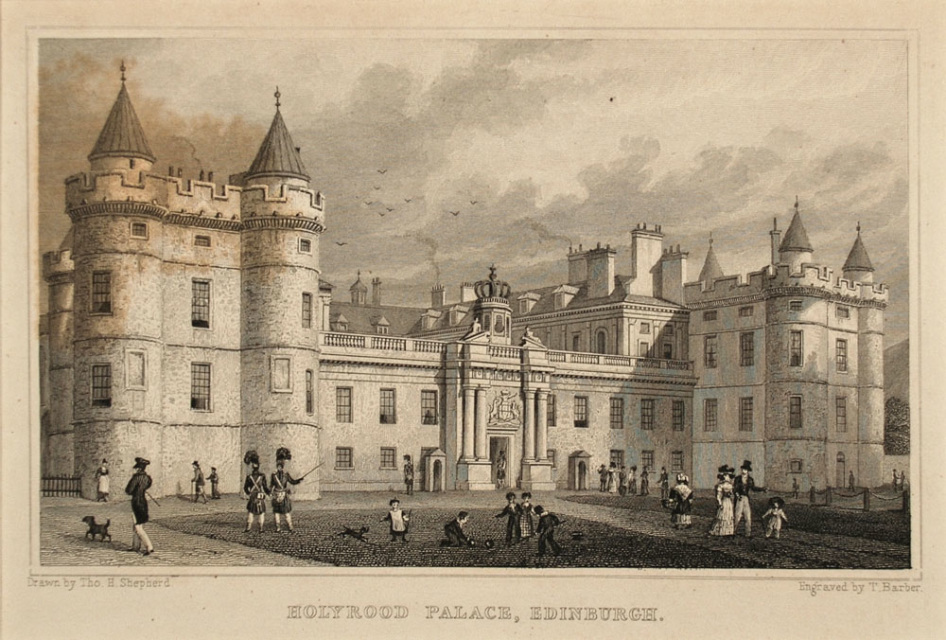
Holyrood Palace, Edinburgh, c.1830
£22.99
£22.99

The Signal Tower, Leith Harbour, Edinburgh, c.1830
£26.99
£26.99

The New Town Hall, Leith, Edinburgh, 1829
£22.99
£22.99

Interior Quadrangle, Holyrood Palace, Edinburgh, c.1830
£26.99
£26.99

Interior of the Advocate's Library, Edinburgh, 1831
£26.99
£26.99

St George's Chapel, York Place, Edinburgh, 1829
£26.99
£26.99
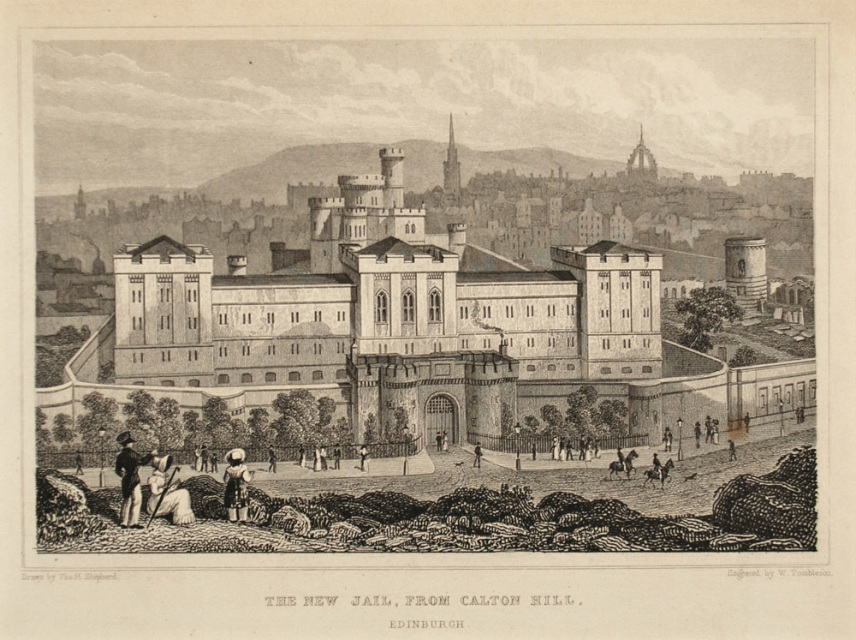
The New Jail from Calton Hill, Edinburgh, c.1830
£24.99
£24.99

Royal Exchange, High Street, Edinburgh, c.1830
£26.99
£26.99
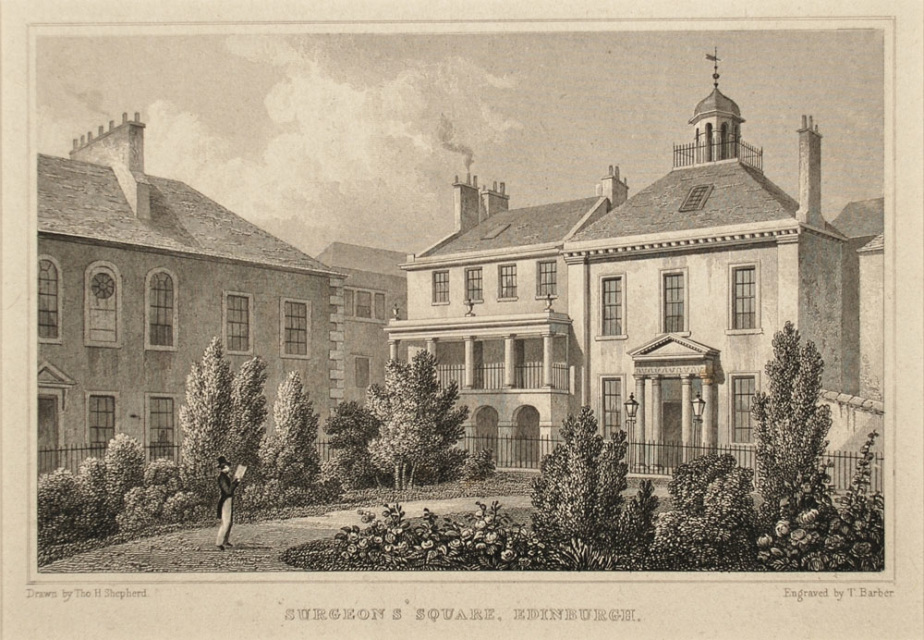
Surgeon's Square, Edinburgh, 1830
£26.99
£26.99

Edinburgh from Craigleith, c.1830
£21.99
£21.99
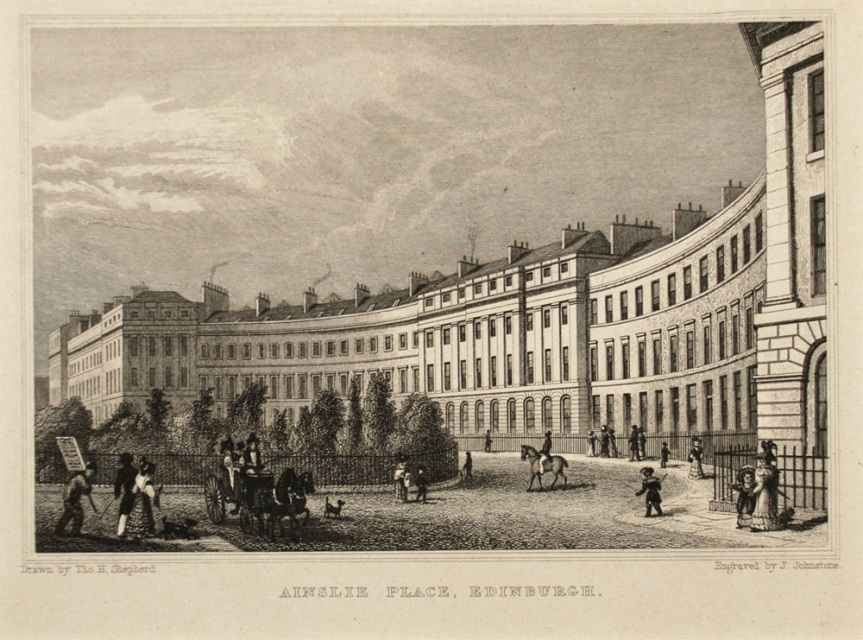
Ainslie Place, Edinburgh, c.1830
£26.99
£26.99


